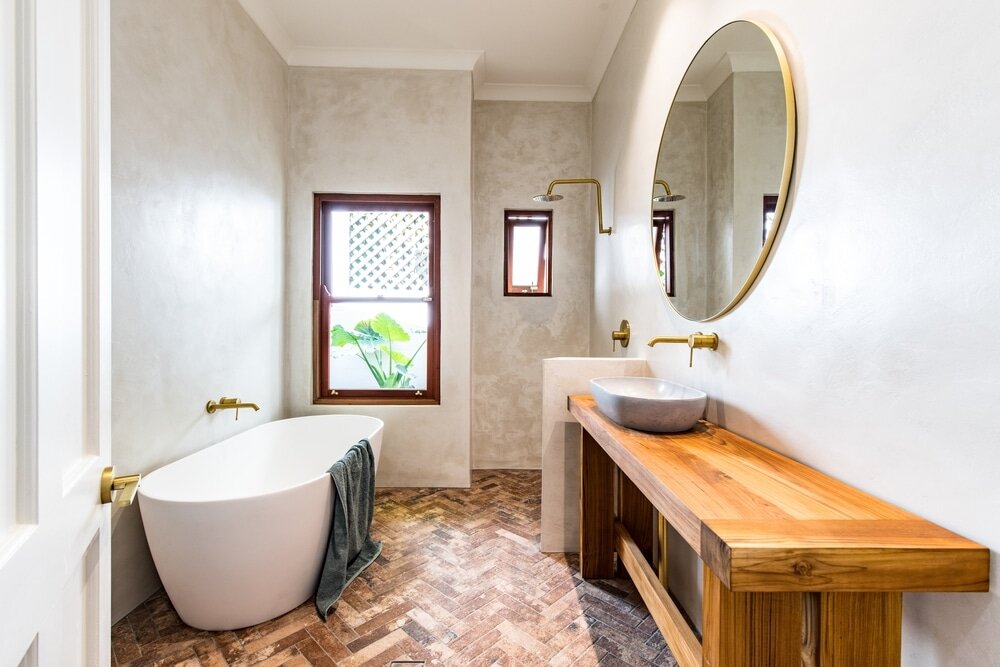
When it comes to giving our homes or offices a new look, selecting the right type of paint can become a painstaking task. Whilst acrylic paints are popular, lime paint and silicone paints offer many benefits. However, many homeowners and decorators are in a quandary as to which one is better. If you've been pondering this question, this blog post will help you assess the relative merits and demerits of both lime and silicone paint.
What is lime paint?
Lime paint, or limewash, is one of the oldest forms of paint known to man, dating back to prehistoric times. Its simple yet effective composition and unique properties have allowed it to stand the test of time. How Lime Paint is Made:
- Production of quicklime: The process begins with the quarrying of limestone or chalk, which is then subjected to high temperatures (around 900-1000°C) in a lime kiln. This process, known as calcination, drives off carbon dioxide, leaving behind quicklime (calcium oxide).
- Slaking: The quicklime is then mixed with water, a process called slaking, transforming it into calcium hydroxide, or slaked lime. The result is a dry powder or a putty, depending on the amount of water used.
- Ageing: The slaked lime is left to age for several months to a year, improving its consistency and workability.
- Colour addition: Pigments can be added to the limewash to provide colour. These pigments must be alkali and UV light-resistant to ensure they do not fade or react with the lime.
Lime paint is alkaline in nature. When applied to surfaces, it absorbs carbon dioxide from the air to cure, reverting to its original form of limestone. This makes it highly durable and resistant to UV light, yet it remains breathable, allowing moisture to evaporate from walls and prevent dampness.
Why use lime paint?
Lime paint, or limewash, is an eco-friendly option that has been garnering attention in the current climate of environmental consciousness. This naturally derived product boasts zero volatile organic compounds (VOCs), a feature of paramount importance as concerns about indoor air quality escalate. As a result, lime paint does not introduce any harmful toxins into the atmosphere, making it a boon for individuals seeking to create a healthier and safer indoor environment.
Beyond its ecological benefits, lime paint offers excellent breathability. This feature is particularly beneficial for older buildings or structures in humid climates. Buildings, like us, need to breathe. And lime paint, with its highly permeable nature, allows moisture to escape rather than trap it. This feature helps to mitigate common problems associated with dampness and mould. In fact, because of its high alkalinity, lime paint can actively inhibit the growth of mould and bacteria, thereby contributing to the overall health of a building.
But it's not all about functionality. Lime paint also scores highly on the aesthetic front. With its distinctive, soft, matte finish, it can transform walls into canvases that exude an antiqued look. This creates a sense of warmth and texture that is particularly appealing to those who favour a rustic or vintage aesthetic. The finish of lime paint changes subtly with the light conditions, offering a visual complexity that synthetic paints often struggle to replicate.
[caption id="attachment_66454" align="aligncenter" width="1000"] The finish achieved with lime paint evolves over time and produces texture and depth[/caption]
The finish achieved with lime paint evolves over time and produces texture and depth[/caption]
Issues with lime paint
Despite its many appealing attributes, lime paint does come with a few limitations. One of these is its restricted colour range. Its inherent natural composition means that it cannot provide the vast spectrum of hues that synthetic paints can. Generally, lime paint shades are confined to earthy tones and pastels. Maintenance is another aspect where lime paint falls somewhat short. Unlike some of its modern counterparts, lime paint can weather and fade over time. It is influenced by factors such as climate, exposure, and the underlying material. This can necessitate periodic reapplication to maintain its appearance, which can be viewed as a drawback for those seeking a low-maintenance option. However, some homeowners appreciate this evolving nature of lime paint, seeing the gradual patina as part of the charm that adds to their living spaces' character. In terms of durability, lime paint may not match some of the modern paint types. It is a softer material. Therefore, in high-traffic areas or spaces that require frequent cleaning, lime paint may not be the most practical choice. Nonetheless, with appropriate care and application, lime paint can last many years, even decades, offering a unique blend of aesthetics and functionality.
What is silicone paint?
At its core, silicone paint is an emulsion paint, which means it comprises water, pigments, and binders. However, what sets it apart is the introduction of silicone resins or additives. The silicone component is a crucial factor that enhances the paint's performance and resilience. These silicone molecules, when the paint dries, form a flexible, highly water-repellent layer. This layer significantly amplifies the paint's durability and ability to withstand various weather conditions, making it an ideal candidate for exterior applications.
- Weather-resistant: Silicone paint is renowned for its weather-resistant properties. The silicone additives in the paint form a water-repellent layer that can withstand harsh weather conditions from rain to snow, and sun exposure. This makes silicone paint an excellent choice for exteriors where durability and long-lasting protection are paramount.
- Wide colour range: Compared to natural options like lime paint, silicone paint offers a broad spectrum of colours. This is a boon for those seeking to achieve a specific colour scheme or design aesthetic, granting more freedom for creative expression.
- Low maintenance: Silicone paint is generally more robust and resistant to fading and discolouration than some other paint types. This resistance reduces the need for frequent repainting, making it a cost-effective and time-saving solution in the long run.
EWI Pro YouTube
Issues with silicone paint
Despite its many benefits, silicone paint has a few drawbacks. Firstly, many silicone paints can emit volatile organic compounds (VOCs), especially immediately after application. These compounds can have negative effects on indoor air quality and human health. However, it's important to note that many manufacturers now offer low or zero-VOC alternatives, which are more environmentally friendly and healthier options. Secondly, silicone paint, while superior in terms of weather resistance and durability, doesn't breathe as well as lime paint. It is less permeable, meaning it can potentially trap moisture, especially in older buildings or structures with existing damp issues. This could lead to problems such as mould growth or damage to the building structure over time.
The verdict - is lime paint better than silicone paint?
The verdict depends entirely on your own demands! If you are looking for a more traditional, eco-friendly, breathable option, then lime paint wins. However, if you are concerned about the durability of your facade, silicone paint comes up trumps. Do you have a preference? Is one better than the other? Let us know in the comments!
